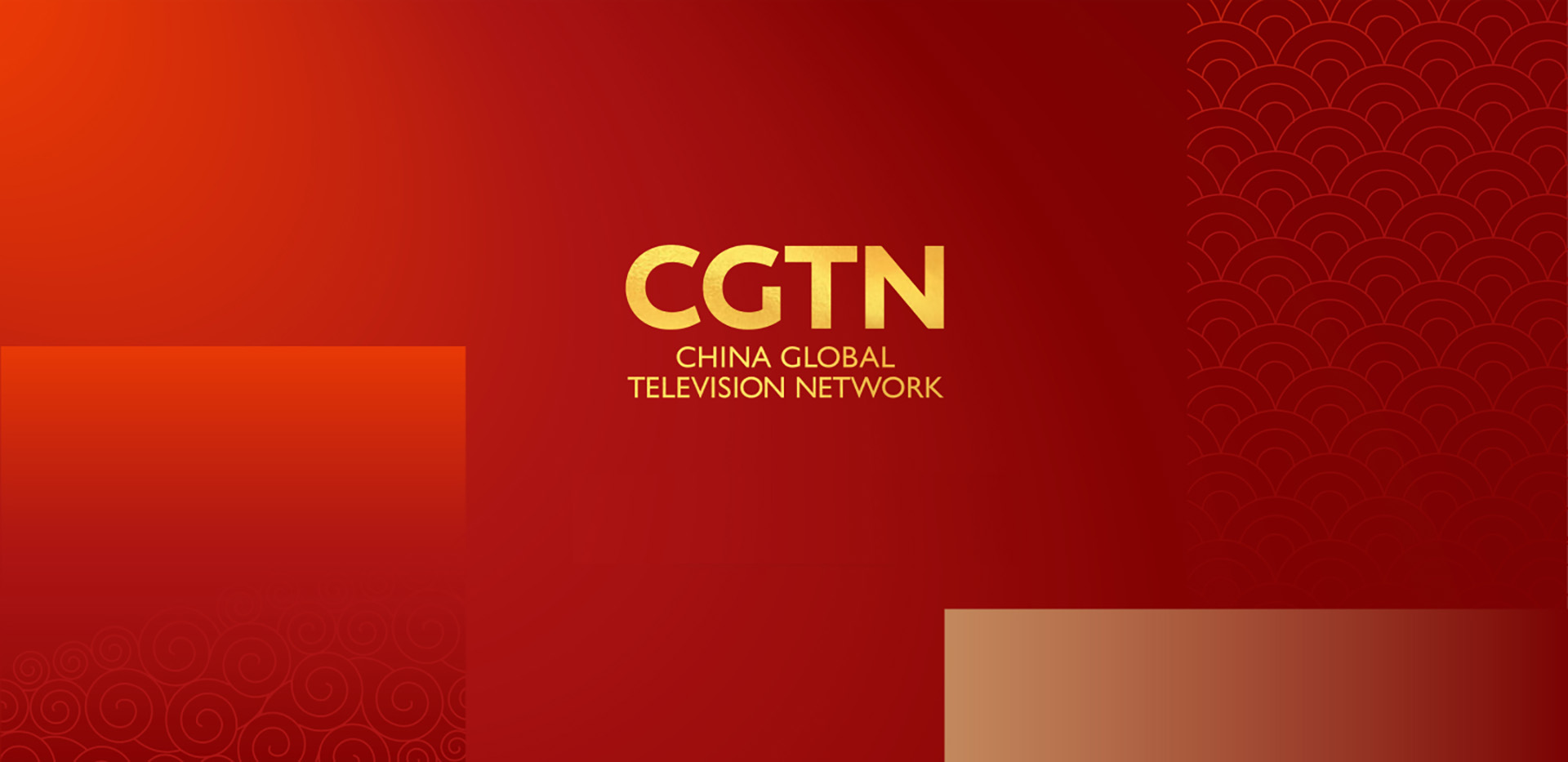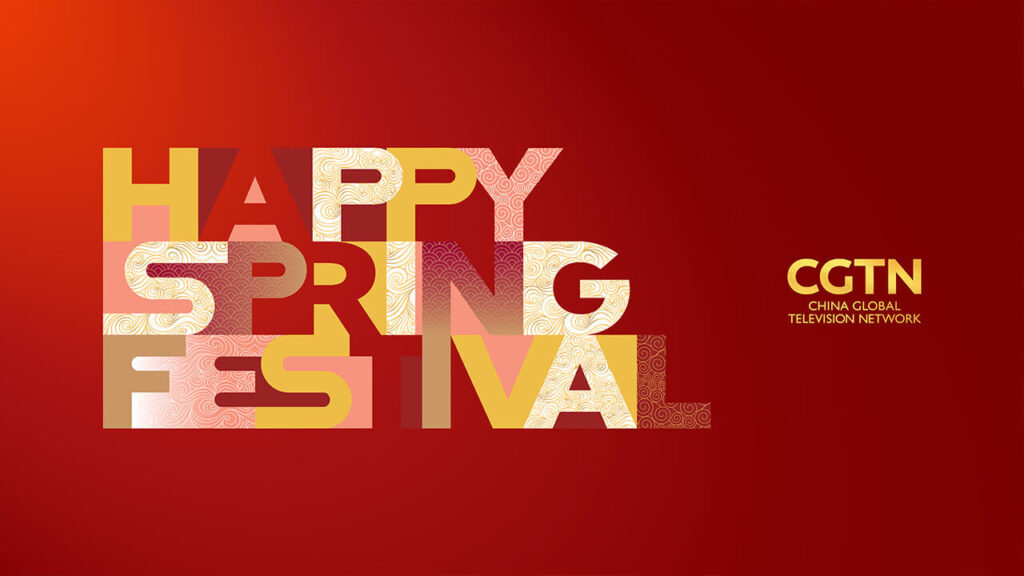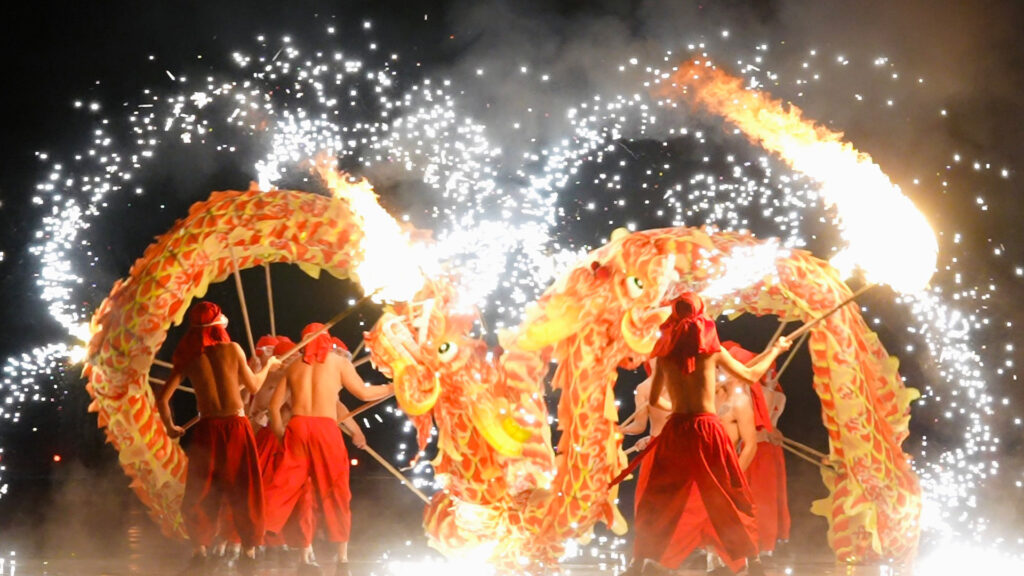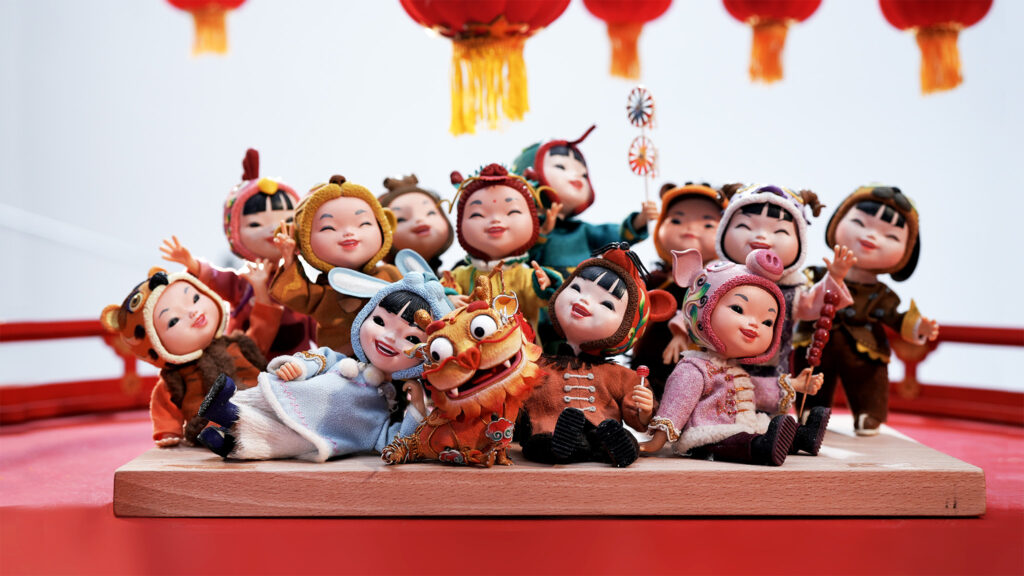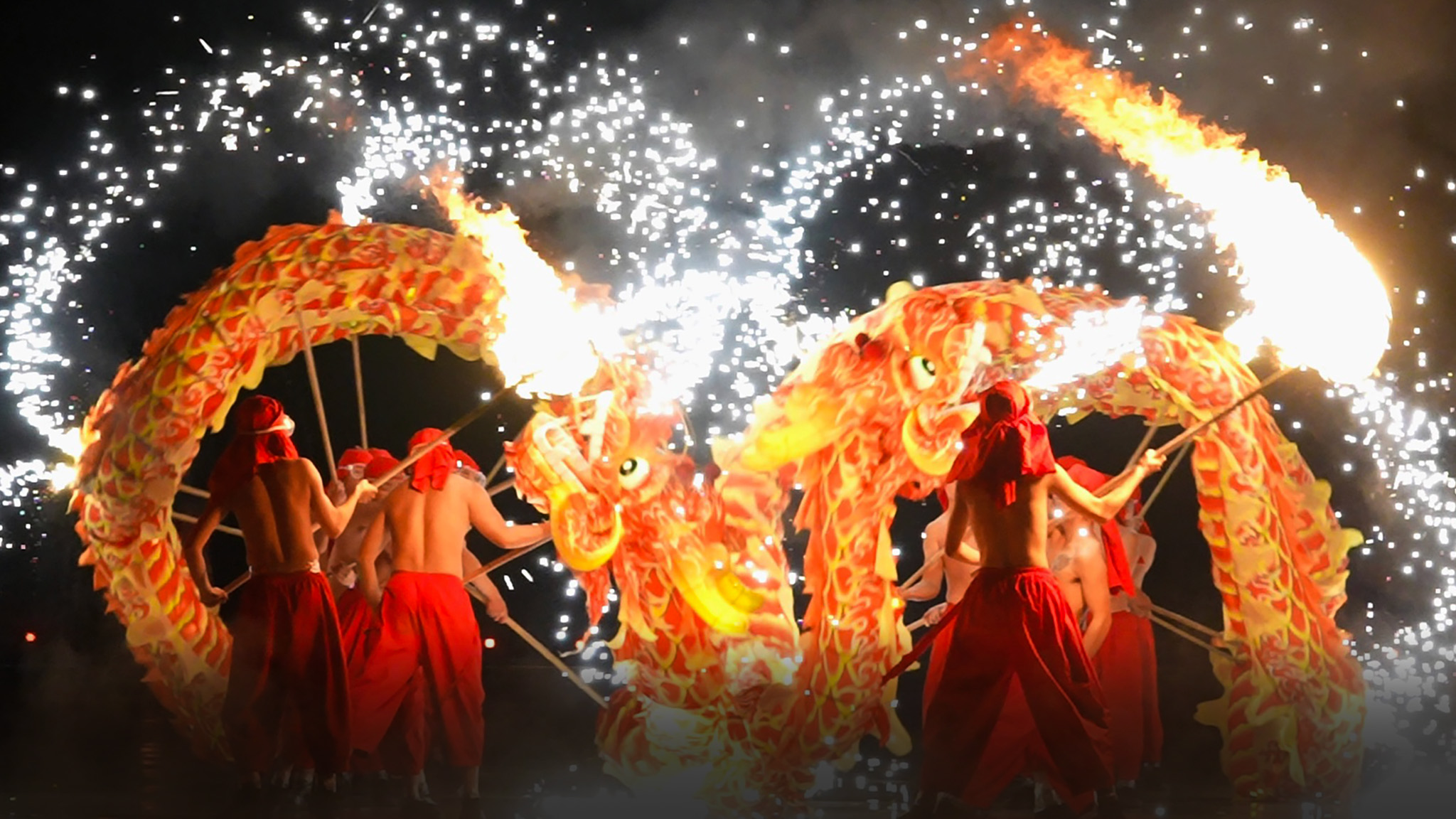
Spirit of the Dragon
For over a thousand years, the Chinese dragon has been brought to life every year by troupes of dancers from Chongqing in southwest China to bring blessings
A man, adorned with a red headscarf, meticulously scoops a small ladle of molten iron from a furnace. He flings the fiery orb with precision into the air, where his companion skillfully meets it with a flat wooden paddle. The iron explodes upon impact, cascading a shower of golden sparks over the dragon, which twists and turns rhythmically to the resonant sounds of gongs and drums. The dancers perform intensely, their sweat glistening as they narrate the tale of a humble carp transforming into a divine dragon—a symbol of reverence in Chinese culture.
Originating in China nearly 3,000 years ago, the dragon dance was initially a ritual to summon rain and ensure a bountiful harvest. This folk custom has evolved into an essential element of traditional festivals and celebrations, particularly during the Spring Festival, when the dragon captivates revelers with its vibrant colors and dynamic movements. Across China and in Chinese communities around the world, people of all ages throng streets and alleys, eager for a glimpse of the dragon that promises blessings and good fortune for the upcoming year.
With 2024 ushering in the Year of the Dragon, the imagery of the dragon becomes even more prominent as a symbol of prosperity and auspiciousness.

A Heritage of Harmony
In Chongqing’s Tongliang District, the dragon dance is more than a tradition celebrated with great enthusiasm and skill; it embodies centuries of history and local customs. Throughout history, the Tongliang Dragon Dance—with roots tracing back to the Sui (581-618) and Tang (618-907) dynasties and flourishing through the Ming (1368-1644) and Qing (1636-1912) dynasties—has been continuously adapted by its cultural custodians.
Today, the Tongliang Dragon Dance features several types of dragons, each characterized by a rich diversity of movement and rhythm. The performance demands exceptional teamwork, requiring troupe members to coordinate precise movements, showcasing harmony, and embodying a perfect blend of strength and grace, motion and stillness. In addition to its dazzling display of skill and artistry, the Tongliang Dragon Dance is also infused with cultural significance.

Blessings for all Seasons
Situated along the upper reaches of the Yangtze River, Tongliang is celebrated for its stunning natural landscapes, including Mount Bayue, known for its bamboo forests. In the ancient town of Anju, nestled within this district, residents have traditionally harvested straw and bamboo from deep in the mountains at the onset of fall—materials which were then used to adorn the figures in the dragon dances.
These performances, first enacted in this ancient town over a thousand years ago, have been enriched by the availability of seasonal local materials, which has led to the creation of different types of dragons throughout the year, each uniquely designed to bring its own blessings.
The Fire Dragon—and the telling of the “Chasing the Dream of the Tongliang Dragon” performance— is the most well-known of the Tongliang Dragon Dance Team and Tongliang Dragon Art Troupe. This group also showcases other types of dragons, including the Lotus Dragon, which appears in summertime, its scales evocative of the beloved flower’s petals, representing growth and the bounty of nature. The Water Dragon dance, typically performed in rivers or lakes, is a ritualistic call for rain, and as fall sets in and farmers start filling their harvest barns, the Wheat Dragon is brought forth, symbolizing prayers for a bountiful harvest.
Bridging Past and Present
From the valleys and hillsides of Chongqing, the Tongliang Dragon Dance has been performed in more than 30 countries and regions, including one that darted through the iconic New Year’s Eve celebrations in Times Square in 2017, and another that inaugurated the first Dragon Boat Festival in Bulgaria in June 2023.
At home in China, the Tongliang Dragon Dance Team has achieved notable successes, and in 1999, under the leadership of head coach Cai Mingcan, the troupe won the title of “National Dragon Dance Team”. Its performances have been featured in numerous national celebrations, including the Beijing 2008 Summer Olympics and the Expo 2010 Shanghai.

For Tongliang Dragon Dance Team member Li Jing, dragon dances have been integral to her life, and she draws on her background in dance to bring a unique style to her performances. She is an expert at performing with the pearl—a spherical ball symbolizing wisdom, which the dragon chases during the dance to represent the pursuit of knowledge. “I combine hardness with softness in my dragon pearl performance by incorporating dance, martial arts, and sports,” says Li.
Inspired by the dedication of previous dance masters, young individuals like Li are embracing the tradition, learning, performing, and passing on this ancient art, preserving the cultural heritage for future generations.
From its historical roots to its modern adaptations, this ancient art form of dragon dances reflects the dynamism of Chinese heritage and the community spirit of its people. As the Tongliang Dragon Dance continues to captivate audiences across China and around the world, it serves as a testament to the timeless appeal of cultural traditions, embracing both the past and the present to safeguard the enduring
Read More
